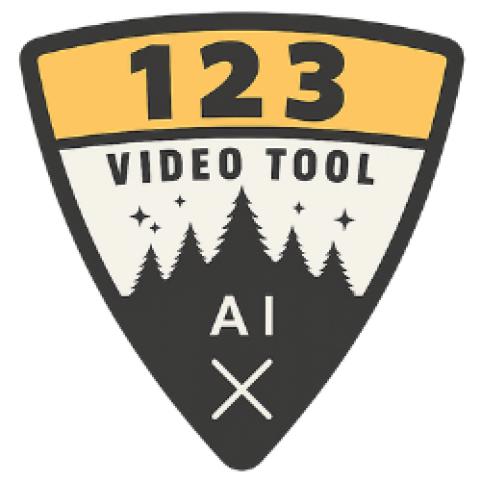Introduction
Navigating the path from education to a successful career in business analysis requires more than just mastering theoretical concepts. It demands strategic BA Training and Placement, practical experience, and a keen understanding of industry needs. This blog aims to guide aspiring business analysts on how to transition effectively from learning to earning, ensuring their education leads to meaningful employment.
The Crucial Role of Business Analysts
Business analysts act as the linchpin in organizations, bridging gaps between IT and business units. They analyze data, manage projects, and improve processes, making them indispensable in today's data-driven landscape. However, the journey from an academic setting to a professional environment can be daunting without proper guidance.
Education and Skill Development
- Formal Education: A degree in business administration, finance, or IT is typically the first step. It provides foundational knowledge crucial for any analyst.
- Skill Development: Aspiring analysts must acquire a mix of technical, business, and interpersonal skills. This includes proficiency in analytical tools like SQL, R, or Python; understanding of business processes; and strong communication skills.
Innovative Training Programs
Effective training programs are crucial for bridging the gap between academic knowledge and practical skills:
- Certification Programs: Pursuing certifications such as the Certified Business Analysis Professional (CBAP) can enhance an analyst’s resume.
- Workshops and Seminars: These focus on real-world applications and networking, providing insights into industry practices and trends.
Gaining Practical Experience
- Internships: Internships offer a direct path to practical experience, allowing students to apply their academic knowledge in real-world scenarios.
- Volunteering: Taking on volunteer projects related to business analysis can also provide valuable experience and enhance a resume.
Leveraging Technology in Training
- Online Learning Platforms: Websites like h2k Infosys offer courses specifically tailored for business analysts that cover advanced analytical techniques, software tools, and business forecasting.
- Simulation Tools: Engaging with simulation software can help in understanding complex business scenarios and improve decision-making skills.
Building a Professional Network
- Professional Associations: Joining organizations like the International Institute of Business Analysis (IIBA) can provide networking opportunities and access to resources.
- Conferences and Meetups: Attending industry conferences and local meetups helps in staying updated with the latest industry trends and can lead to job opportunities.
The Recruitment Process
- Resume Building: Highlighting relevant education, certifications, and practical experience is key.
- Interview Preparation: Gaining familiarity with common industry problems and their solutions can help impress potential employers during interviews.
Transitioning into the Workforce
- Entry-Level Roles: Starting with roles like junior analyst or a business consultant can help newly trained analysts gain the requisite experience.
- Continual Learning: The field of business analysis requires ongoing education and adaptation to new technologies and methodologies.
Success Stories
Including a few anecdotes from successful business analysts who have effectively navigated their training to placement can inspire and guide new entrants in the field.
Conclusion
The journey from learning to earning in business analysis is not linear but filled with opportunities for growth and learning. By combining the right educational pathways with practical experiences and strong networking, aspiring business analysts can effectively bridge the gap between Business Analyst Training Placement, ensuring a successful and lucrative career.







